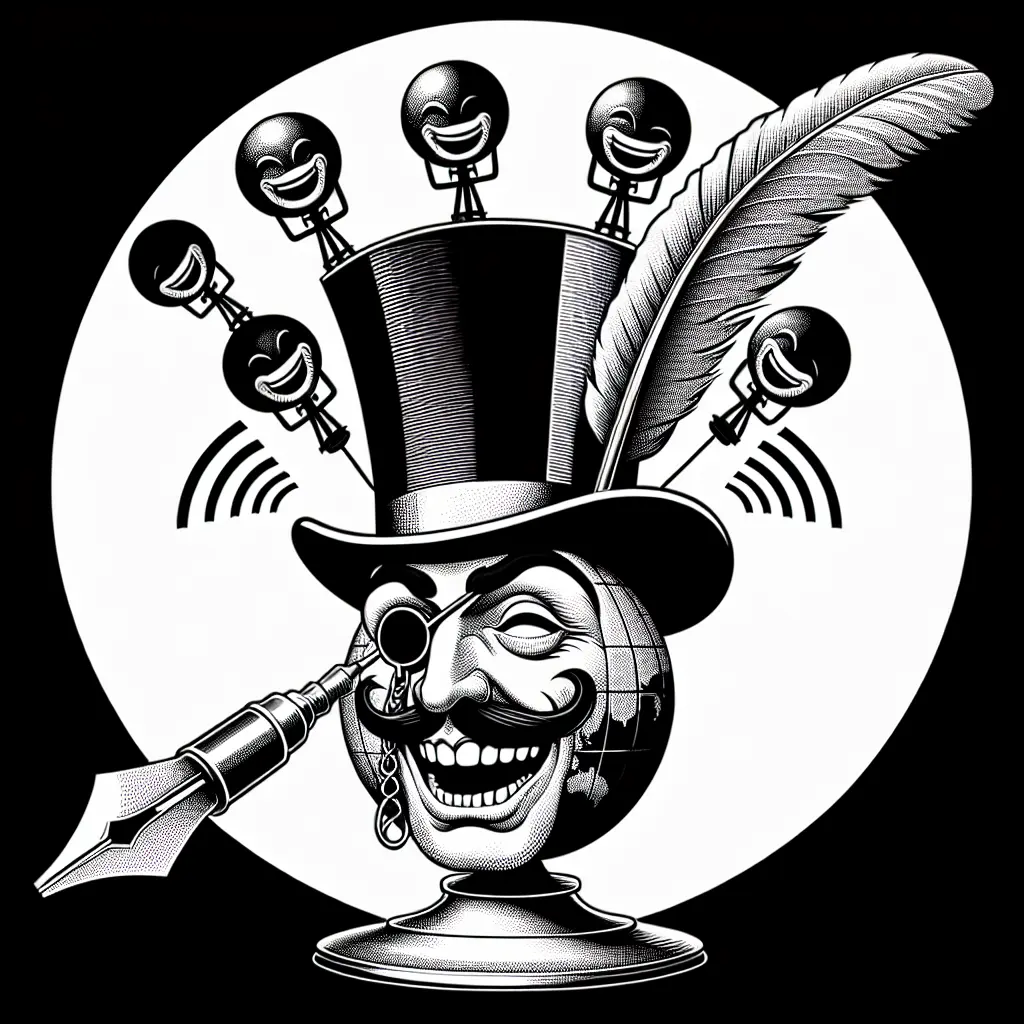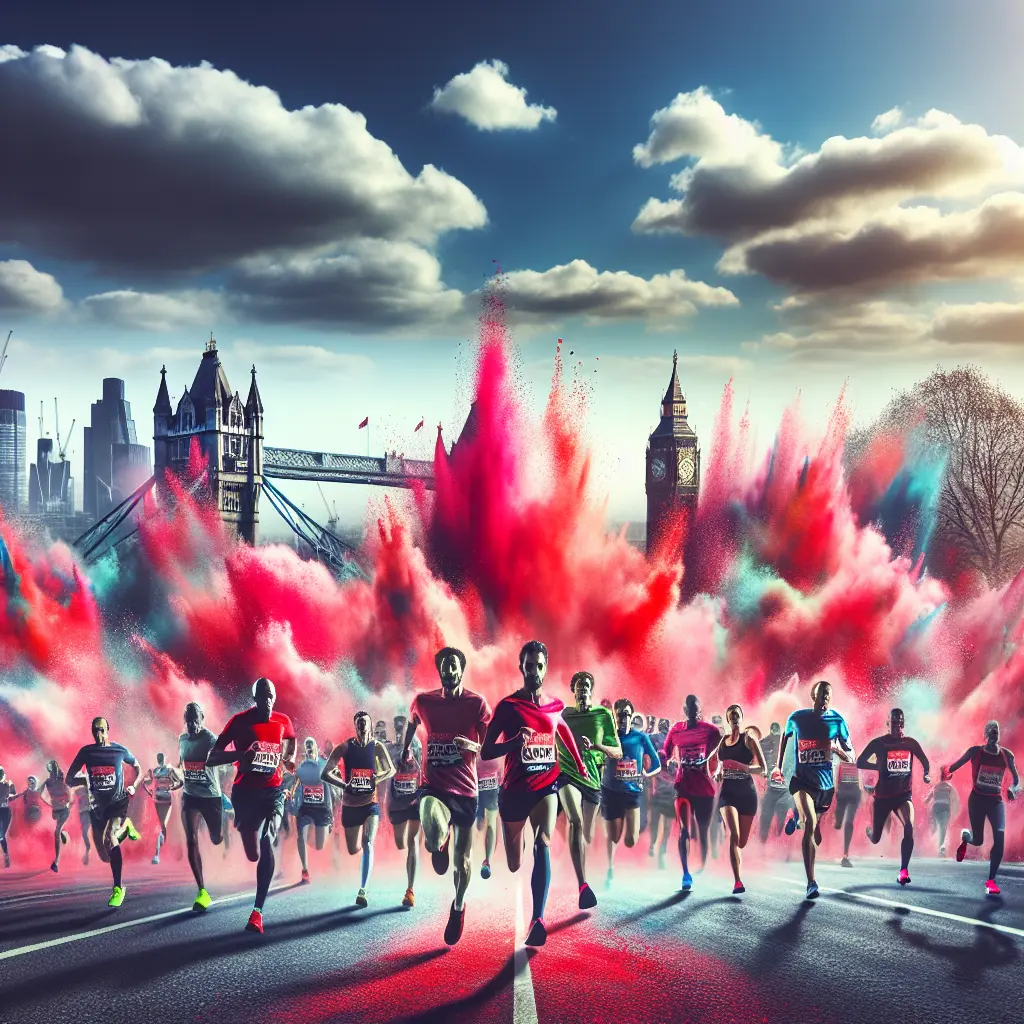In the vibrant landscape of modern art, few movements have captured the imagination quite like the evolution of British street art. From its gritty origins to a celebrated form of expression, the journey of UK street art history is a compelling narrative of rebellion, innovation, and cultural dialogue. The streets of the United Kingdom have long served as a canvas for graffiti culture UK, where talented individuals transform urban spaces with creativity and audacity.
As this movement matured, so did its influence, intertwining with various facets of society, including sports and street art UK. This unique synergy highlights how British urban art trends often mirror broader societal themes.
The influence of famous UK graffiti artists is evident in the myriad British street murals that now adorn cityscapes, reflecting both local heritage and global inspiration. Whether through UK sports-themed street art or more abstract expressions, contemporary street art UK encapsulates a dynamic conversation between artists and their environment.
Notably, the evolution of graffiti in Britain showcases a fascinating interplay between artistic expression and social commentary.
Street art in the United Kingdom has also spurred an array of UK street art festivals and events, drawing enthusiasts and tourists alike to explore the colorful tapestry of UK urban art scene. This has cultivated a thriving street art tourism UK industry, further underscoring the genre's significance.
The Evolution of British Street Art: A Dynamic Cultural Tapestry
British street art has evolved from a rebellious form of graffiti culture UK to a significant aspect of the country's cultural identity. Its journey is a testament to the dynamic interplay between artistic expression and societal evolution, making UK street art history a fascinating narrative.
The roots of street art in the United Kingdom are deeply embedded in graffiti culture UK, where artists used urban spaces as canvases for their unfiltered expressions. In the early days, graffiti was seen largely as an act of rebellion. The streets provided a platform for marginalized voices, offering a form of protest against socio-political structures.
One cannot discuss the British street art evolution without acknowledging the influence of famous UK graffiti artists like Banksy. As reported by DesignTaxi, Banksy's iconic mural "Well Hung Lover" is not just a piece of art; it's a piece of history set to be auctioned with the building it adorns Designtaxi.com. Such works have transformed cityscapes into vibrant galleries.
The relationship between street art and sports culture UK is particularly intriguing. UK sports-themed street art often celebrates local heroes and global sporting events, reflecting a broader societal enthusiasm for sports.
Contemporary Trends and Innovations
In recent years, contemporary street art UK has embraced diverse styles and themes, from abstract expressions to poignant social commentary. This evolution is part of broader British urban art trends that integrate technology and interactivity.
The proliferation of UK street art festivals underscores the genre's significance within the cultural landscape. These events not only provide a platform for emerging UK street artists but also boost street art tourism UK. Festivals like Upfest in Bristol attract thousands of visitors annually.
Despite its popularity, street art faces challenges such as legal restrictions and commercialization. However, these obstacles have not stifled creativity. Instead, they have prompted artists to explore new mediums and techniques.
The story of British street art is far from over. As it continues to evolve, it remains a powerful medium for cultural dialogue and expression. The future promises further integration with digital technologies and greater recognition on global platforms.
British street art remains a powerful medium for dialogue and societal reflection, promising further evolution with digital integration and global recognition.








Leave a Comment